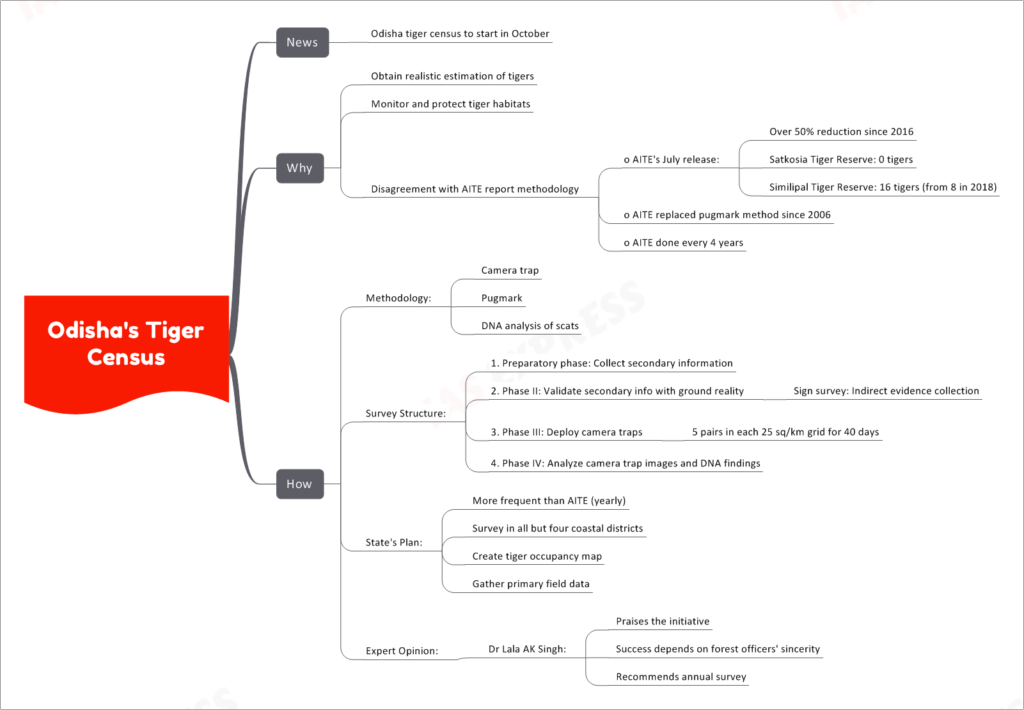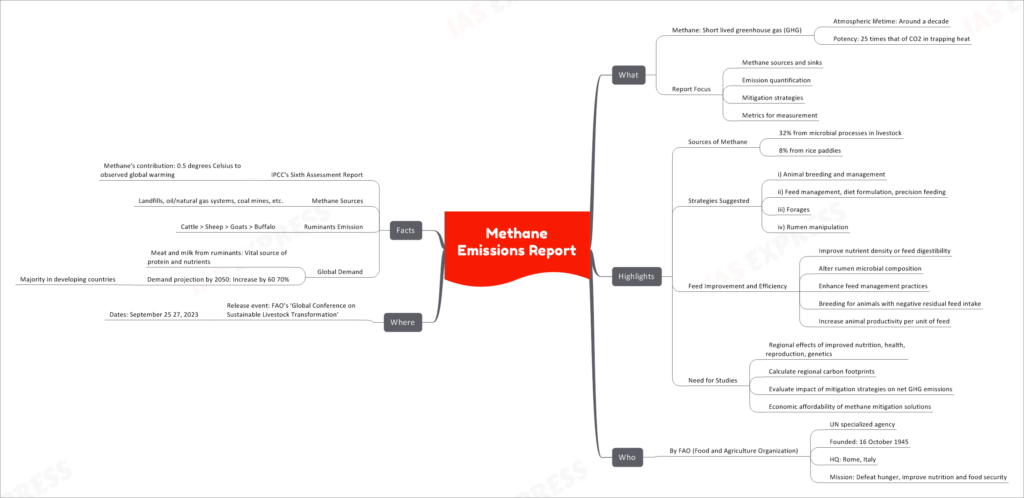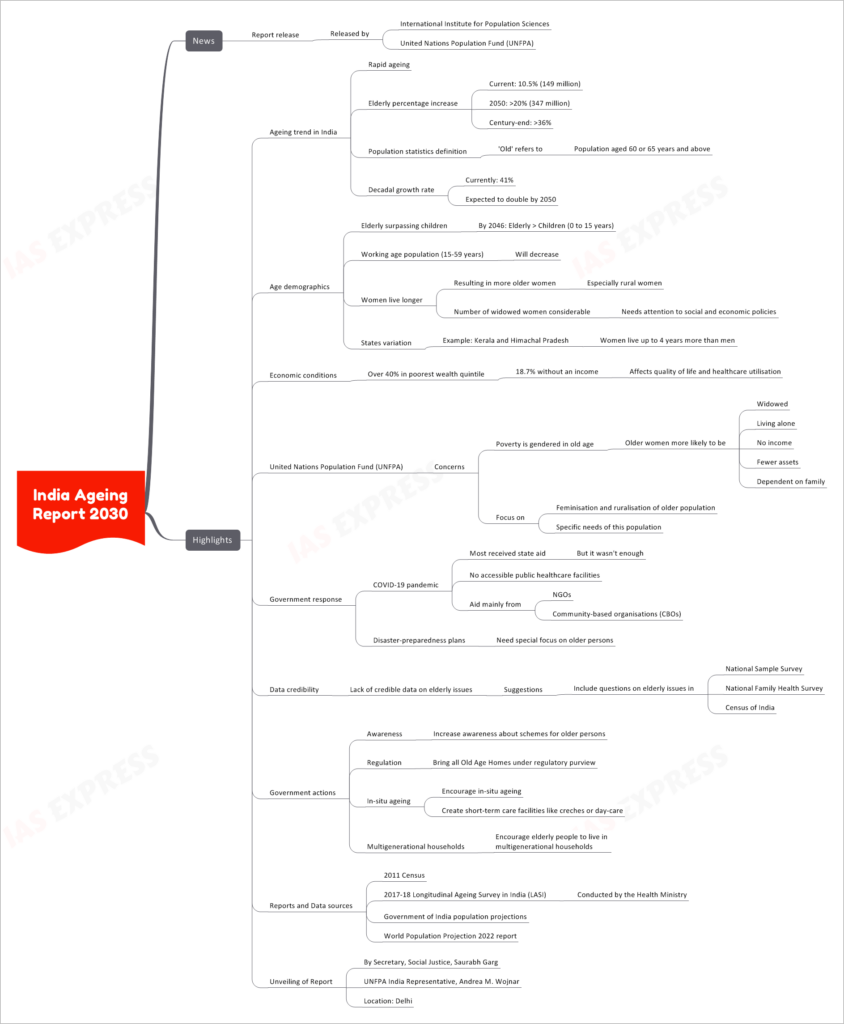[Newsbits] 27.09.2023

Moody’s Report on Aadhaar
Moody's Investors Service recently released a report titled "Decentralized Finance and Digital Assets," which raised concerns about the reliability of Aadhaar's biometric technologies. Aadhaar, India's unique identification system, has been a cornerstone of digital governance and service delivery.
Key Concerns Raised by Moody's Report
Biometric Reliability in Hot and Humid Climates
One of the key concerns voiced in the Moody's report is the reliability of Aadhaar's biometric technologies in hot and humid climates. The effectiveness of biometric authentication methods, such as fingerprint scans, has been questioned under adverse weather conditions.
Frequent Service Denials
The report also mentions instances of frequent service denials attributed to issues within the Aadhaar system. These denials can disrupt access to essential public and private services linked to Aadhaar.
Aadhaar's Role in Access
Aadhaar plays a pivotal role in providing access to various public and private services. Any concerns about its reliability have significant implications for individuals who rely on it for essential services.
Authorization and Biometric Reliability
Moody's report underscores concerns related to establishing proper authorization and ensuring the biometric reliability of Aadhaar, which are essential aspects of the system's functionality.
Significance of the Concerns
CAG's Previous Concerns
The concerns raised in the Moody's report echo previous apprehensions voiced by the Comptroller and Auditor General (CAG) regarding "deficient data management" in the Aadhaar system.
Linkage to Essential Services
Aadhaar is intricately linked to crucial welfare schemes. Some statistics highlight its extensive reach:
- 765.30 million Indians are linked with ration cards.
- 280 million are linked with LPG subsidies.
- 788 million are linked with bank accounts.
- Nearly 100% of farmers under the PM Kisan Yojna are linked with Aadhaar.
Concerns from Experts
Laavanya Tamang from LibTech India has also raised concerns about Aadhaar's reliability, emphasizing its importance in the context of essential services.
Previous CAG Report
A CAG report from the previous year highlighted issues related to data matching and authentication within the Aadhaar system.
Government Response
Criticism of Moody's
In response to Moody's report, the Indian government has criticized the rating agency for not citing supporting data or research to substantiate its concerns.
Alternative Biometric Methods
The government has emphasized the use of alternative biometric methods like face and iris authentication as additional security measures.
No Breach from Aadhaar Database
The government has categorically denied any breach of data from the Aadhaar database, highlighting the system's robustness.
Praise from International Agencies
The government has noted the praise received from international agencies like the International Monetary Fund (IMF) and the World Bank for Aadhaar's contributions to efficient governance.
Global Interest in Digital ID Systems
India's Aadhaar system has attracted the interest of many nations exploring the deployment of similar digital identification systems.
Odisha’s Tiger Census
In recent news, Odisha has embarked on a crucial mission to conduct a comprehensive tiger census. This initiative aims to obtain realistic estimates of the tiger population, monitor and protect their habitats, and address disagreements with the methodology and findings of the All India Tiger Estimation (AITE) report.
Why Odisha's Tiger Census?
Obtain Realistic Estimations
One primary goal of this census is to obtain accurate and realistic estimations of the tiger population within the state. This is essential for effective conservation efforts and management.
Monitor and Protect Tiger Habitats
Conserving tiger habitats is crucial to ensure the long-term survival of these magnificent creatures. The census helps in monitoring these habitats and implementing necessary protective measures.
Disagreement with AITE Report Methodology
Odisha's decision to conduct its tiger census stems from disagreements with the methodology and findings of the AITE report. The AITE report, released in July, indicated alarming statistics, including a 50% reduction in tiger numbers since 2016, zero tigers in the Satkosia Tiger Reserve, and an increase from 8 to 16 tigers in the Similipal Tiger Reserve. The AITE had also replaced the traditional pugmark method with newer techniques since 2006, and it is conducted every four years.
How is the Census Conducted?
Methodology
The Odisha tiger census employs a comprehensive methodology that includes:
- Camera Traps: Utilizing camera traps to capture images of tigers and other wildlife in their natural habitat.
- Pugmark Tracking: Employing traditional pugmark tracking to complement modern techniques.
- DNA Analysis of Scats: Conducting DNA analysis of tiger scats (droppings) for identification and genetic research.
Survey Structure
The census is structured into several phases:
- Preparatory Phase: Collecting secondary information about tiger presence and habitats.
- Phase-II: Validating secondary information through ground-level surveys, including sign surveys that involve collecting indirect evidence of tiger presence.
- Phase-III: Deploying camera traps strategically, with five pairs in each 25 square-kilometer grid, for a duration of 40 days.
- Phase-IV: Meticulously analyzing camera trap images and DNA findings to determine the tiger population.
Odisha's Comprehensive Plan
Frequency
Unlike the AITE, which is conducted every four years, Odisha's approach to the tiger census is more frequent, with plans to conduct it annually. This ensures more up-to-date and accurate data.
Coverage
The census will cover all districts in Odisha except for four coastal ones, ensuring a comprehensive understanding of the state's tiger population.
Objectives
The overarching objectives include creating a comprehensive tiger occupancy map and gathering primary field data to support informed conservation efforts.
Expert Opinions
Expert opinions play a vital role in assessing the importance and success of this initiative:
- Dr. Lala AK Singh, an expert in the field, has praised the effort and emphasized that its success hinges on the sincerity of forest officers.
- He recommends conducting the census annually to maintain an accurate and up-to-date record of the tiger population.
Methane emissions in livestock and rice systems report
Methane, a short-lived greenhouse gas (GHG) with an atmospheric lifetime of around a decade, is known for its potency in trapping heat. In fact, it's approximately 25 times more effective in this regard compared to carbon dioxide (CO2). The recent report by the Food and Agriculture Organization (FAO) delves into the critical issue of methane emissions in livestock and rice systems, addressing key aspects of its sources, quantification, mitigation, and measurement metrics.
Insights from the Report
Sources of Methane
The report identifies the major sources of methane emissions:
- Microbial Processes in Livestock: Approximately 32% of methane emissions originate from microbial processes in the digestive systems of livestock.
- Rice Paddies: Rice paddies contribute about 8% of global methane emissions.
Suggested Mitigation Strategies
To combat methane emissions, the report suggests a range of strategies:
i) Animal Breeding and Management: Implementing improved breeding and management practices. ii) Feed Management and Diet Formulation: Optimizing diets and practicing precision feeding. iii) Forages: Promoting the use of specific forage crops. iv) Rumen Manipulation: Exploring methods to influence microbial processes in the rumen.
Feed Improvement and Efficiency
Enhancing feed efficiency and improving nutrient density are crucial components of mitigation strategies. These measures include:
- Improving the nutrient density or feed digestibility.
- Altering rumen microbial composition.
- Enhancing feed management practices.
- Breeding animals with negative residual feed intake.
- Increasing animal productivity per unit of feed.
The Need for Further Studies
The report highlights the importance of conducting studies to understand regional effects of improved nutrition, health, reproduction, and genetics. These studies are crucial for:
- Calculating regional carbon footprints.
- Evaluating the impact of mitigation strategies on net GHG emissions.
- Assessing the economic affordability of methane mitigation solutions.
The FAO: A Key Player in Global Food Security
The Food and Agriculture Organization (FAO), a specialized agency of the United Nations, was founded on October 16, 1945, and is headquartered in Rome, Italy. Its mission is to combat hunger, improve nutrition, and enhance food security worldwide.
Release Event at FAO's 'Global Conference on Sustainable Livestock Transformation'
The report was released during FAO's 'Global Conference on Sustainable Livestock Transformation,' which took place from September 25-27, 2023.
Notable Facts
- The Intergovernmental Panel on Climate Change (IPCC) Sixth Assessment Report highlights that methane contributes 0.5 degrees Celsius to observed global warming.
- Apart from livestock and rice systems, methane emissions also originate from sources such as landfills, oil/natural gas systems, coal mines, and more.
- Among ruminant animals, cattle are the largest contributors to methane emissions, followed by sheep, goats, and buffalo.
- Globally, there is a rising demand for meat and milk from ruminants, as they provide essential protein and nutrients. By 2050, this demand is projected to increase by 60-70%, with the majority coming from developing countries.
Global Commons
In a significant joint stakeholder initiative, officials and experts from Bangladesh and India have come together to raise awareness about climate-linked loss and damage in the Sundarbans at global platforms. This agreement was reached in Kolkata, signifying a cooperative effort to address the pressing climate impacts in this critical region.
Climate Impacts in the Sundarbans: A UNESCO World Heritage Site
Shared Territory
The Sundarbans, a UNESCO World Heritage Site, is divided between West Bengal, India (40%), and Bangladesh (60%). This ecologically diverse region is home to a unique ecosystem, including the iconic Bengal tigers.
Human and Ecosystem Vulnerability
Climate change is taking a toll on the Sundarbans, impacting both the eight million people who reside there and the fragile ecosystem. UN reports have identified the transboundary Sundarbans as global hotspots for climate change, experiencing high-intensity cyclones, sea-level rise (more than double the global average), and significant erosion. These factors work in tandem, multiplying the risk to the region.
Economic and Human Costs
According to data from the West Bengal government, the region has suffered losses amounting to Rs 1.5 lakh crore from cyclones like Bulbul, Amphan, and Yaas. Climate risk projections indicate a rapid increase in temperature, cyclone frequency, and flooding of low-lying areas by 2050. Sea level rise has already resulted in a loss of 210 square kilometers of land in the Indian Sundarbans over the last six decades.
Population Vulnerability
Approximately one-fourth of the eight million people living in the Sundarbans face the imminent threat of climate-triggered disasters. This constitutes 0.1% of humanity, a population larger than that of several European countries. These individuals stand at the doorstep of climate-induced calamities, with five million residing in India and the rest in Bangladesh.
Understanding Global Commons
Geopolitical Basis
Global commons refer to areas beyond national jurisdiction that are shared by the international community. These include the atmosphere, high seas, Antarctica, and outer space.
Economic Basis
On an economic basis, global commons are overused shared resources, regardless of national jurisdiction. These encompass the atmosphere, land, ocean, ice sheets, a stable climate, abundant biodiversity, forests, and the flows of carbon, nitrogen, water, and phosphorus.
The Tragedy of the Commons
The concept of the "Tragedy of the Commons" was first coined by ecologist Garrett Hardin in 1968. It describes the scenario in which individuals, when acting in their self-interest, deplete and destroy the value of finite and valuable resources that are shared collectively.
India Ageing Report 2030
The recently unveiled "India Ageing Report 2030" sheds light on the rapidly evolving demographic landscape of India. This comprehensive report was jointly released by the International Institute for Population Sciences and the United Nations Population Fund (UNFPA).
Ageing Trends in India: A Glimpse into the Future
Rapid Ageing
India is experiencing a swift transition towards an ageing population, with the elderly segment growing at an unprecedented rate.
Elderly Population Surge
- Current: The report indicates that the elderly population currently stands at 10.5%, comprising 149 million individuals.
- 2050 Projection: By 2050, this demographic is expected to swell to over 20%, accounting for a staggering 347 million people.
- Century-End: The report forecasts that by the end of this century, the elderly population will exceed 36% of India's total population.
Defining 'Old'
In the context of this report, individuals aged 60 or 65 years and above are considered 'old'.
Accelerated Decadal Growth Rate
The decadal growth rate of the elderly population, currently at 41%, is anticipated to double by 2050.
Age Demographics: Shifting Balances
Elderly Surpassing Children
A significant demographic milestone is projected: by 2046, the elderly population is expected to surpass the number of children (0 to 15 years).
Declining Working-Age Population
The working-age population (15-59 years) is set to decrease, posing potential challenges for the labor force and economic productivity.
Gender Disparities
- Women's Longevity: Women tend to live longer, resulting in a larger proportion of older women.
- Rural Women: This trend is especially pronounced among rural women.
- Widowed Women: The report highlights a considerable number of widowed women, necessitating focused attention from social and economic policies.
State Variations
States like Kerala and Himachal Pradesh stand out, where women tend to live up to four years longer than men, accentuating regional disparities.
Economic Conditions: A Glimpse into Inequality
- Poverty Rates: Over 40% of the elderly population falls within the poorest wealth quintile.
- Income Disparity: Nearly 18.7% of elderly individuals have no source of income, significantly impacting their quality of life and access to healthcare.
UNFPA Concerns and Government Response
UNFPA Concerns
The UNFPA expresses concerns about the gendered nature of poverty among older individuals. Older women are more likely to be widowed, live alone, have no income, possess fewer assets, and depend on family support.
Government Response
COVID-19 Pandemic
- While most older persons received state aid during the COVID-19 pandemic, it was often insufficient.
- Accessible public healthcare facilities for the elderly remain lacking, and aid primarily came from NGOs and community-based organizations (CBOs).
Disaster-Preparedness Plans
Special attention is required in disaster-preparedness plans to cater to the needs of older persons.
Data Credibility and Government Actions
Data Credibility
The report highlights a lack of credible data on elderly issues and suggests including relevant questions in national surveys like the National Sample Survey, National Family Health Survey, and Census of India.
Government Actions
- Awareness: The government should enhance awareness of schemes for older persons.
- Regulation: All Old Age Homes should be brought under regulatory purview.
- In-situ Ageing: Encouraging in-situ ageing and creating short-term care facilities like creches or day-care centers.
- Multigenerational Households: Promoting the concept of elderly people living in multigenerational households.
Reports and Data Sources
The report draws on various sources, including the 2011 Census, the 2017-18 Longitudinal Ageing Survey in India (LASI) conducted by the Health Ministry, Government of India population projections, and the World Population Projection 2022 report.
Unveiling of Report
The report was officially unveiled in Delhi by Secretary of Social Justice, Saurabh Garg, and UNFPA India Representative, Andrea M. Wojnar, marking a significant step in understanding and addressing India's ageing population challenges.





